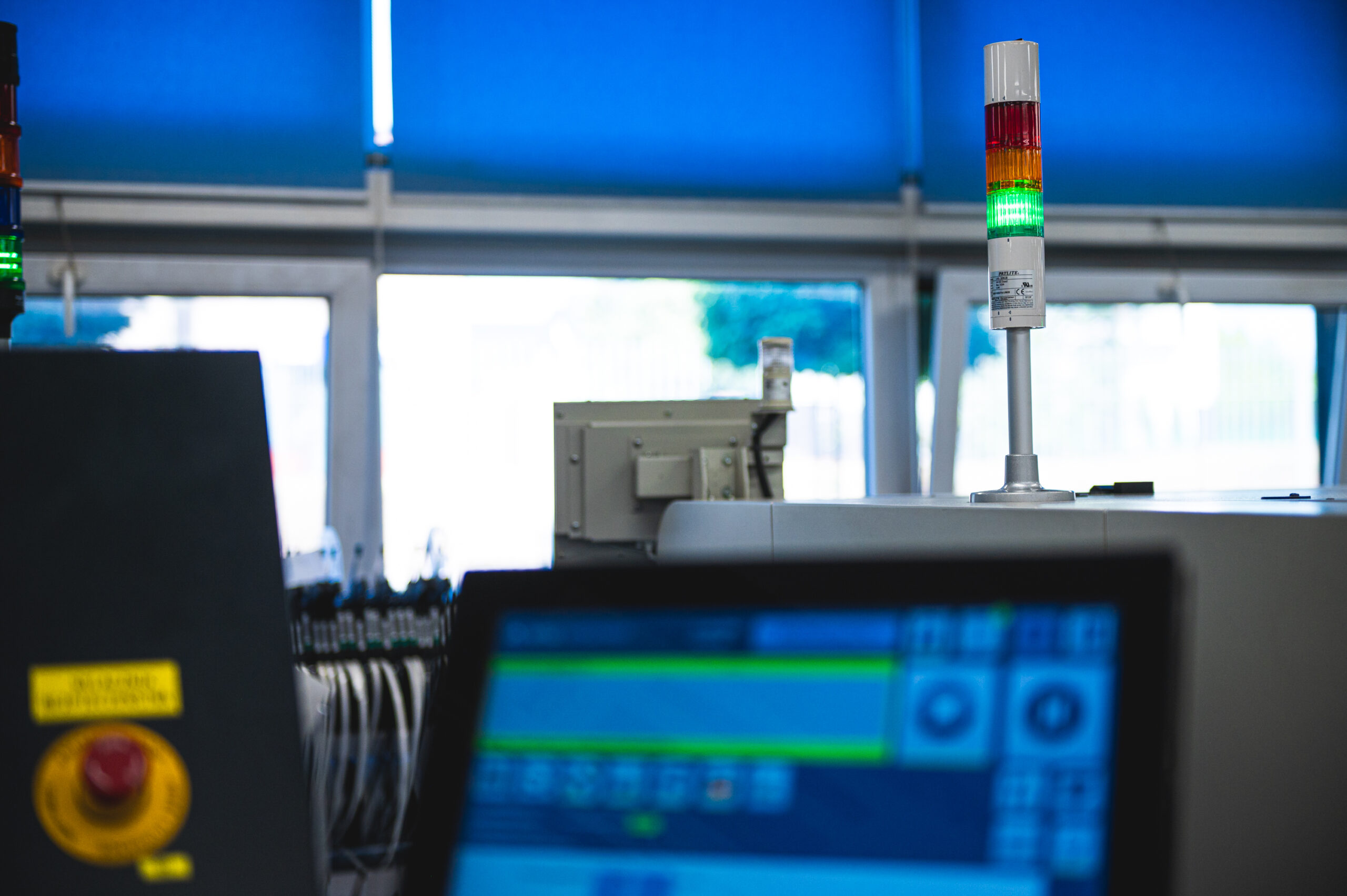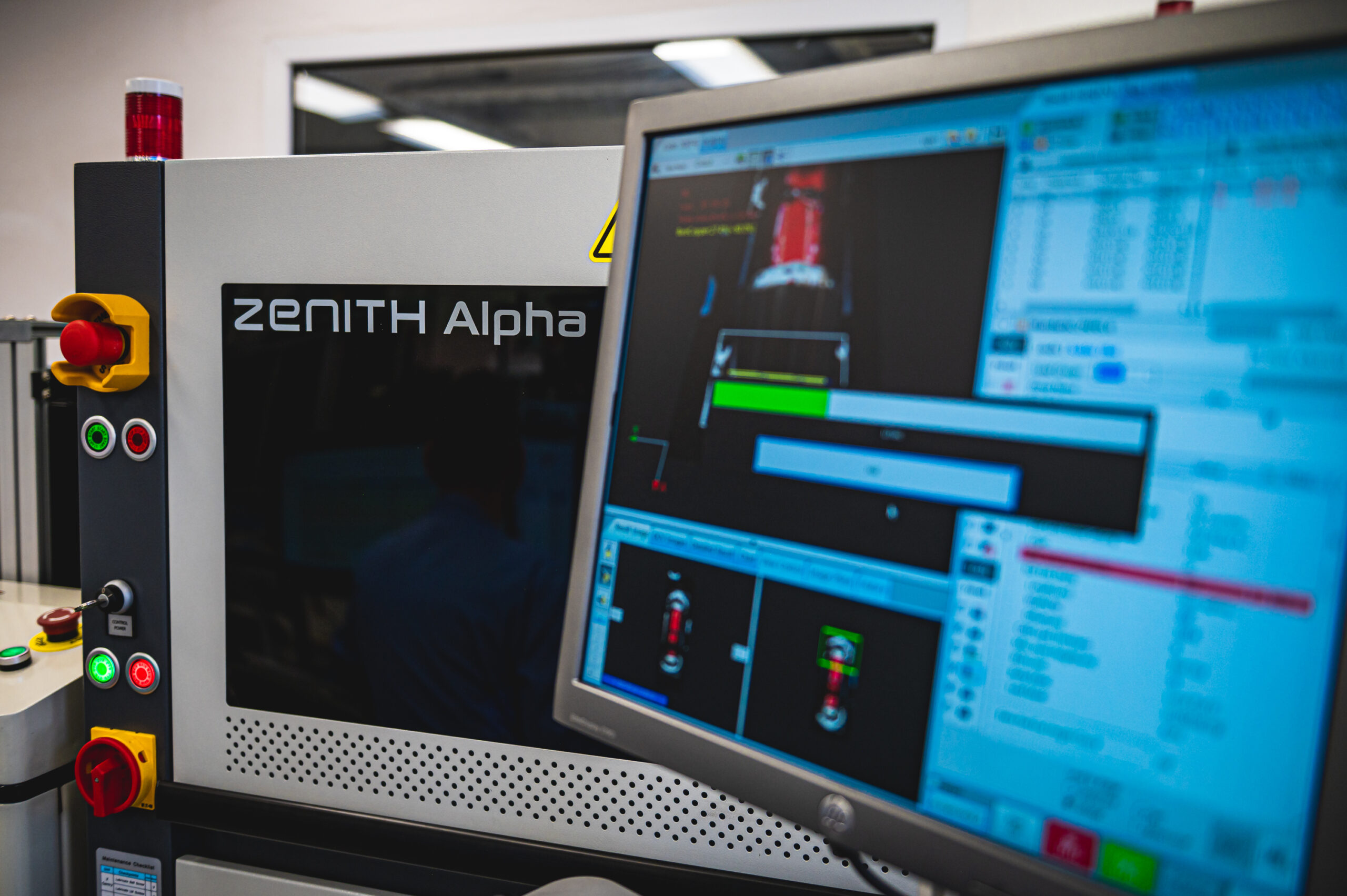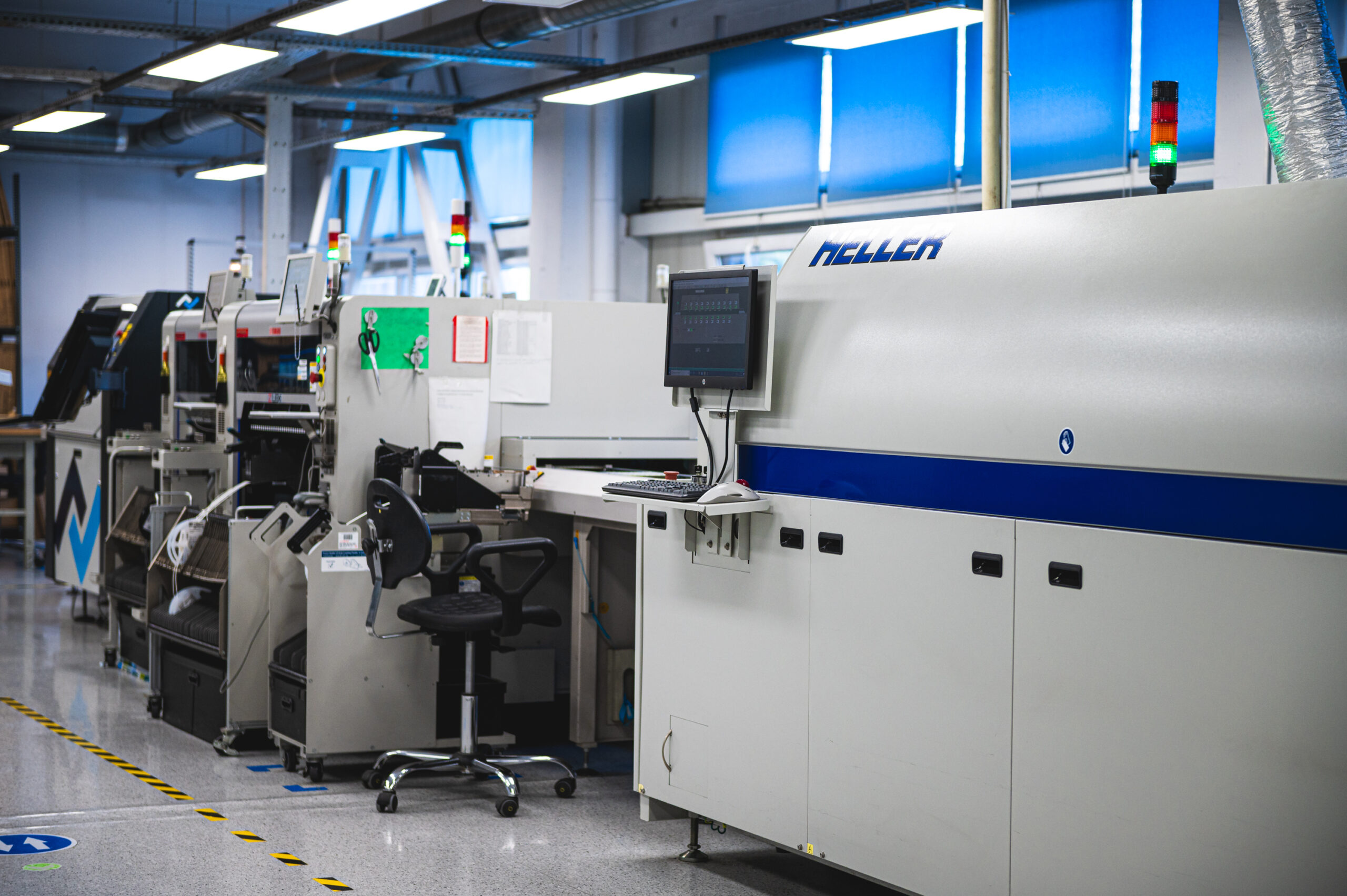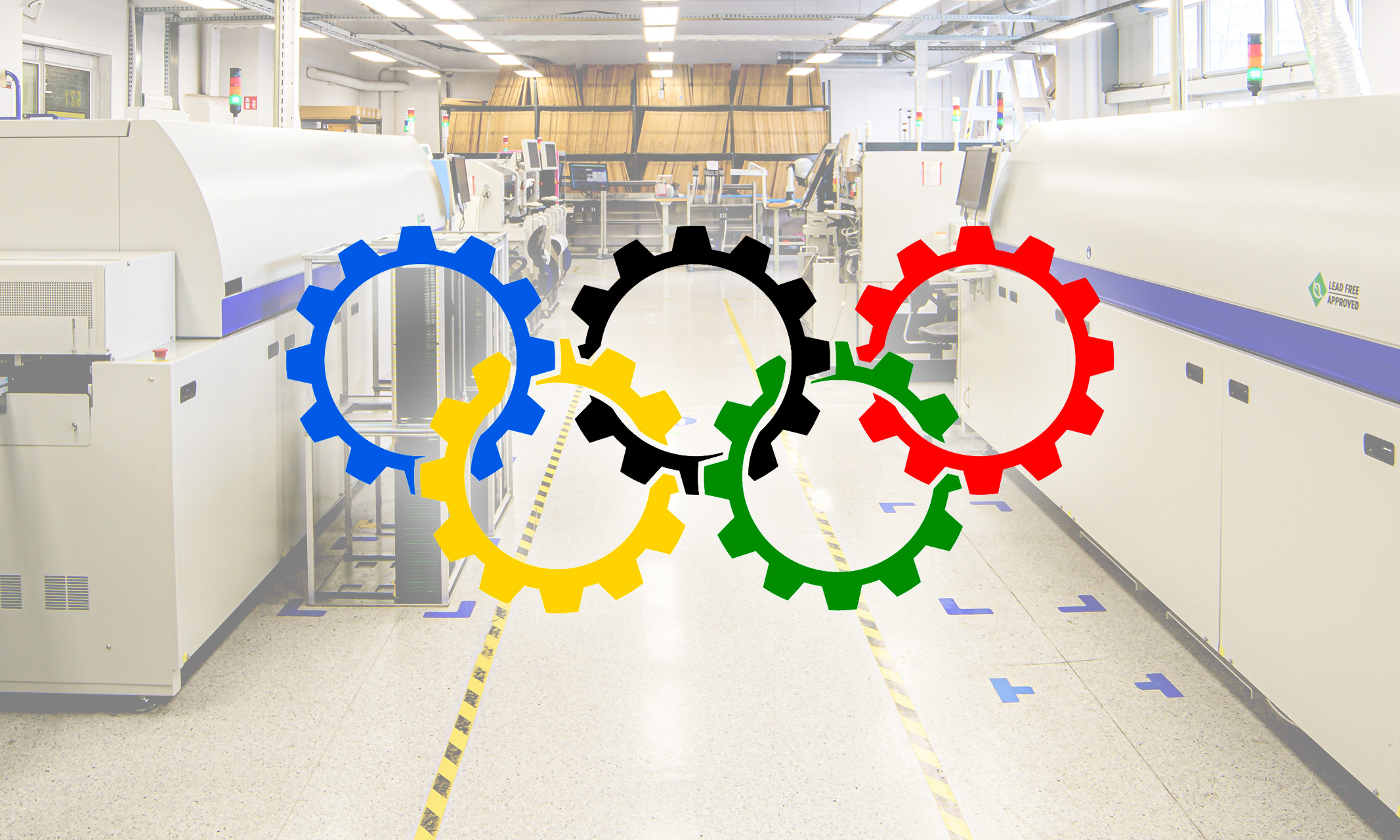
Is launching your product a race? Kind of Olimpic Games?
Both the market and the taste of success can be tremendous, but arguably the competition will also be strong. There are a number of athletes competing in the race. Do you know the names of the athletes who finished in the 2nd ten? In the third ten? Or can you remember the names of the runners in fifth position? How about at even fourth? In each competition, the winner is remembered by all. The first one. A chance for recognition (and a stake in the trophy share) has perhaps 2 more… The others have to wait for their next market opportunity. The next Olympics.
This works surprisingly similarly in the market competition. Basically, it is the first, best market player who deals the cards. He wins a unique position. He collects the laurels, the trophies.
If the benefits of being first are not enough, consider the downside of late market entry. Customers don’t wait for anyone to come along. If someone else offers a similar product – especially one that is needed to solve an important problem, take advantage of a grant, start getting a return on investment, or begin treatment, customers will choose what is immediately available. Even if your product has more features and is technically more advanced, but entered the market later, what chance is there that a customer who has already purchased an ‘inferior’ product before decides to replace it with a better one if the existing one performs well?
The new market is the largest for new players. Each subsequent one has a smaller share of the ‘pie’ to hand. And this means a longer return on investment. Producers who are the first to enter the market set a price that everyone else has to match or even has to offer lower. Finally, it should not be forgotten that the longer a device remains in the development stage, the more you pay for a product that has not yet made any money.
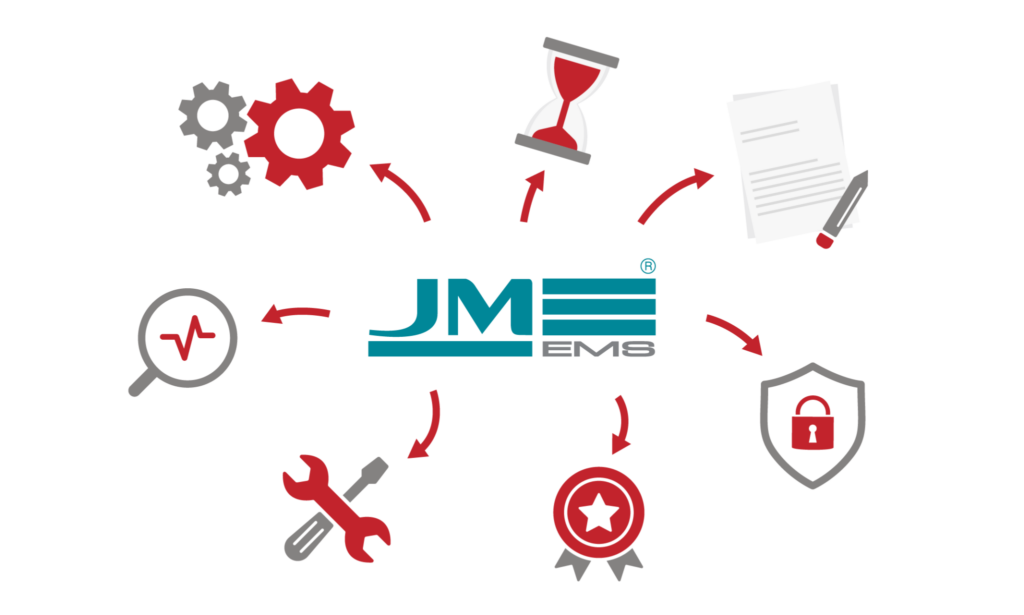
Wrong decisions in the process can cost you delays. Sometimes discovered too late can mean hours of backtracking. Make sure you have a good plan, clear guidance, defined milestones. So that the project team knows they are on the right track.
Remember that creating a product is an investment. The money spent on the product should provide value to the user. Value that he or she will be willing to pay for. Innovating for innovation’s sake will be costly and will only increase the cost of the project and raise the risk of failure. Don’t introduce every feature you can think of. Stick to the plan!
Consider simplifying, using pre-designed parts of the application that are not critical to the device specification. Perhaps off-the-shelf power modules, radio communications or other areas will significantly shorten the design process, certification, while the user will not experience any difference at all.
There are areas where special care needs to be taken. It seems that the most important thing is to refine the aspects that are crucial from a user or market strategy perspective! You certainly cannot take shortcuts when it comes to quality and brand reputation. A first impression is only made once!
Documenting the work is often not the favourite job of designers and creative minds. However, deficiencies in this area can result in delays in case of changes in the design team, or when working with external parties for certification or launching volume production.
Communication must be clear at every stage of the project cycle. If there are any misunderstandings or if important information is missed, going back to the source of the problem and fixing it can cause serious delays.
Champions complete tasks that are unattainable for the average. If you want to be a leader, to get to market quickly, work with people and partners well suited to the task.
In many Olympic disciplines, you can see it clearly – the basic principles of physics confirm that if all forces are directed in the same direction, the object moves faster. Bringing an electronic device to market requires an extensive and interdisciplinary team. Ensure that everyone is moving tasks in the same direction and not expending energy on disputes or conflicts.
How many times have we witnessed that initial design assumptions or pre-selected solutions have become obsolete even before the project has been completed? Discontinued components, delivery times extended to the limit, embargoes, conflicts, lock-outs are just the last few years of experience. If a component suddenly becomes unavailable, what are your options? Have a plan in place for emergencies and deal with problems that arise with care, but quickly and decisively.
Many device manufacturers understand that speed to market matters!
Every member of the team can help your dream. EMS has the knowledge, the equipment, the procedures, the quality assurance systems. They can help you get to market quickly but also safely. If you bring them on board quickly enough, they will point out early on the areas of the project that may negatively affect the schedule, budget, quality in the process of delivering to market. He can also ease the burden on your team in the areas of creating production tooling, product testers, documentation, labels, packaging. Extensive experience of working for many industries, different clients, different products allows you to find efficient solutions to problems when they arise.

